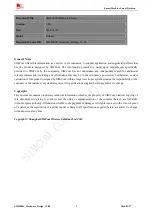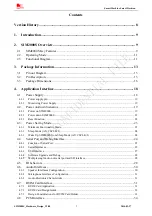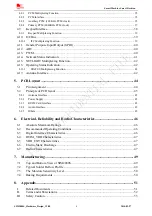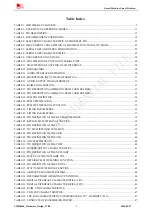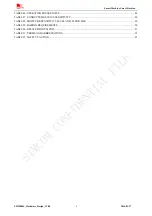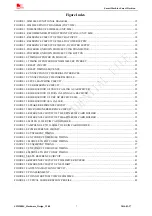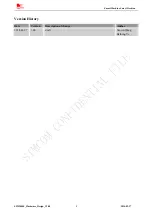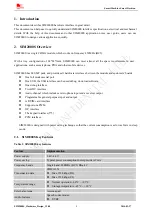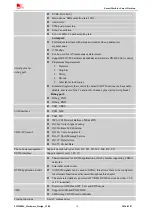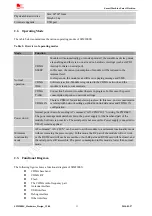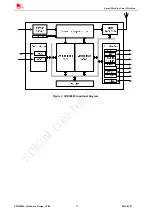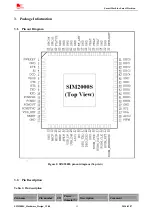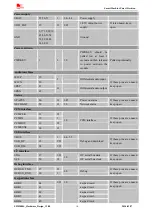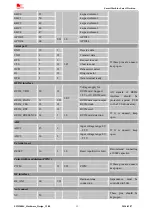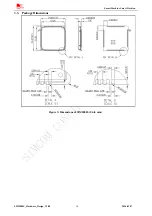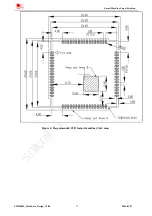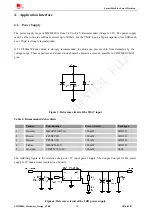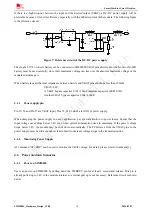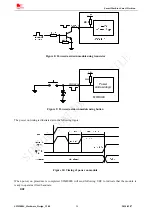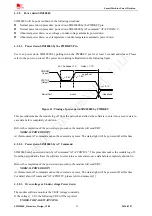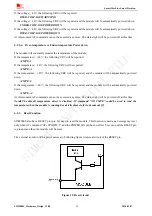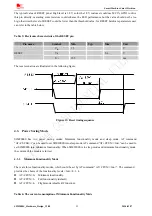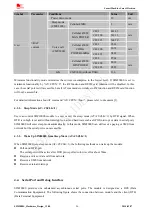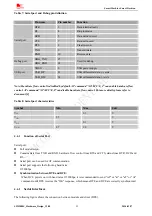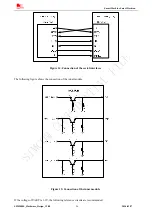
Smart Machine Smart Decision
SIM2000S_Hardware_Design_V1.00
11
2014-02-27
Physical characteristics
Size: 24*24*3mm
Weight: 3.4g
Firmware upgrade
USB port
2.2.
Operating Mode
The table below summarizes the various operating modes of SIM2000S.
Table 2: Overview of operating modes
Mode
Function
CDMA
SLEEP
Module will automatically go into sleep mode if the conditions of sleep mode
are enabling and there is no on air and no hardware interrupt (such as GPIO
interrupt or data on serial port).
In this case, the current consumption of module will be reduced to the
minimal level.
In sleep mode, the module can still receive paging message and SMS.
CDMA
IDLE
Software is active. Module is registered to the CDMA network, and the
module is ready to communicate.
CDMA
TALK
Connection between two subscribers is in progress. In this case, the power
consumption depends on network settings.
Normal
operation
CDMA 1X
There is CDMA 1X data transfer in progress. In this case, power consumption
is related with network settings; uplink/downlink data rates and CDMA 1X
configuration.
Power down
Normal power down by sending AT command “AT+CPOWD=1” or using the PWRKEY.
The power management unit shuts down the power supply for the baseband part of the
module. Software is not active. The serial port is not accessible. Power supply (connected to
VBAT) remains applied.
Minimum
functionality
mode
AT command “AT+CFUN” can be used to set the module to a minimum functionality mode
without removing the power supply. In this mode, the RF part of the module will not work
or the RUIM card will not be accessible, or both RF part and RUIM card will be closed, and
the serial port is still accessible. The power consumption in this mode is lower than normal
mode.
2.3.
Functional Diagram
The following figure shows a functional diagram of SIM2000S:
z
CDMA baseband
z
CDMA RF
z
Flash
z
The CDMA radio frequency part
z
Antenna interface
z
USB interface
z
Debug interface
z
Other interface


